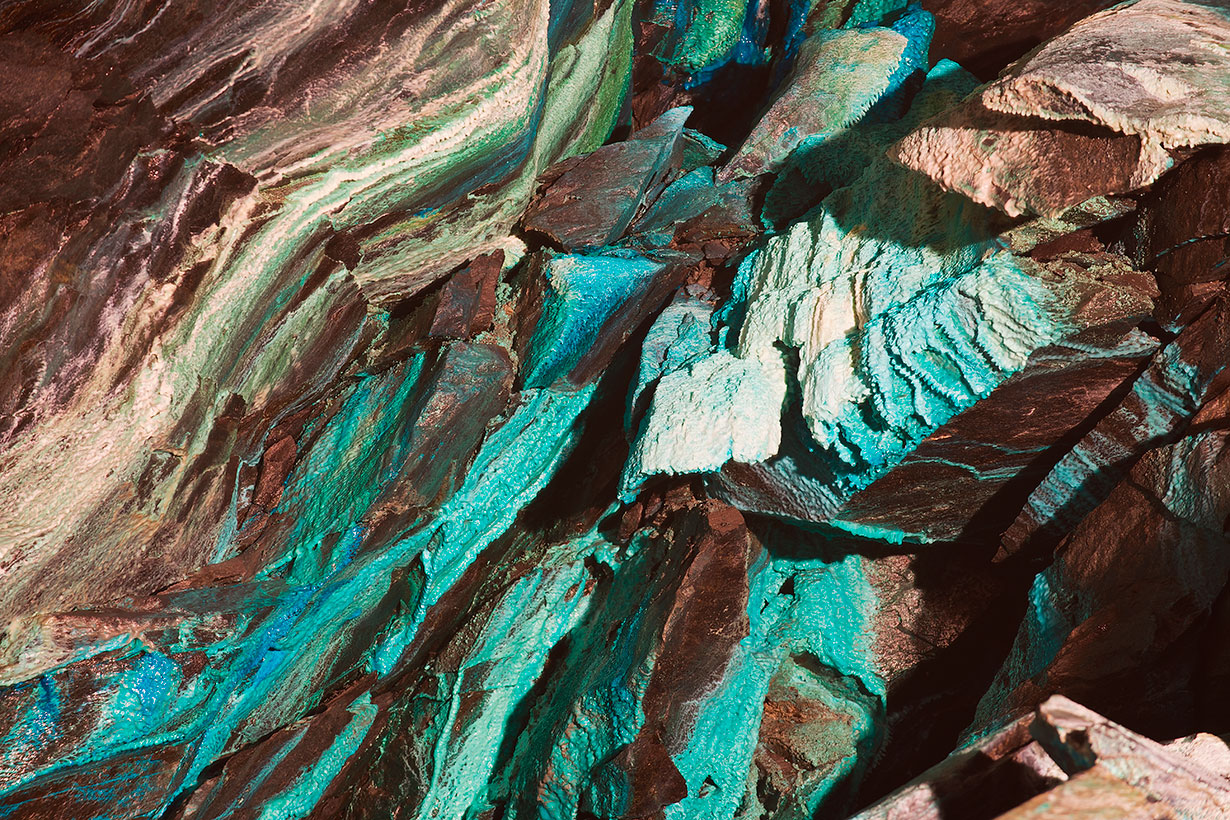CLOSE
About Elements
TANAKA is a leading company in the field of precious metals.
Advanced materials and solutions that support societal progress, the development stories behind them, the voices of engineers, and our management philosophy and vision—
Elements is an online media platform that shares insights that lead to a better society and a more prosperous future for the planet under the slogan “Mastering Precious Metals.”

Can critical metals for renewable energy products be found in existing mines

Ramping up renewable energy products will require a range of critical metals. One of these elements, tellurium, is gaining in popularity for use in photovoltaics, or solar panels. As global demand for solar panels continues to increase, so is the need for critical metals like tellurium.
Tellurium isn’t mined as a solo mineral. Currently, most tellurium is collected as a by-product from copper mining. “The fundamental question is: how much tellurium is out there?” says Simon Jowitt , economic geologist at University of Nevada Las Vegas. He and coauthor Brian McNulty are trying to find out where this tellurium is and how much metal could be there. Jowitt is presenting their work at the Geological Society of America annual meeting tomorrow.
Tellurium-quartz-pyrite hydrothermal vein. Image Credit: Creative Commons/James St. John.
Unfortunately, the amount of tellurium in a mine is rarely reported. To fill in the gaps and create estimates of critical minerals, Jowitt and McNulty developed proxies to estimate tellurium content globally.
Their first proxy results from Resource and Reserve estimates. In these reports, a mining company uses their own investigation data and estimates that there are X-million tons of metal in the ground. These reports are used to estimate the value of a mine site.
“We what we do is take that information-which tells us how big the deposit is, how many million tons of ore or mineralization-and we combine that with information that’s published elsewhere on the concentration of tellurium and the deposit,” says Jowitt. The researchers can then calculate an estimate for tellurium.
“The second proxy is where we know the size of the deposit,” Jowitt says. In this case, the team uses the amounts of related tellurium minerals like calaverite, a gold-tellurium metal. “We can estimate the amount of tellurium in that mineral, combine that with the reported size of the deposit, and again, develop a proxy.”
They looked at 518 mineral deposits in active mines in the U.S. and Canada that are known to contain tellurium. Using their proxies, the researchers calculated that 18 gold mines in the two countries could produce ~90 tons/year of tellurium from current mining, with another six copper, zinc, and nickel mines in Canada having the potential to produce ~170 tons per year of tellurium. Jowitt says this is a minimum estimate, because not every gold, copper, and nickel mine in the U.S. and Canada had appropriate data available.
By these estimates, they found that mines move around 260 tons of tellurium, but they don’t collect it. “If you recovered that tellurium, you could bump up global tellurium production by about 25%,” says Jowitt. “That’s about seventeen and a half million dollars of tellurium that’s being moved around by the minerals industry but is being lost to waste.”
Jowitt notes that their tellurium study is just one example for the potential of extracting critical metals from existing mining operations. “There’s a whole range of byproduct and co-product elements that are we moving around when mining,” he says. “We need to do better making mineral mining operations more sustainable by extracting what we can from existing mineral deposits. And if we do that, it’s good for the environment, it’s good for the minerals industry (the way it’s being viewed), and it’s good for company bottom lines.”
While their study focused on active mines, Jowitt notes that extracting critical metals from spoils piles in old mines can be another win-win situation. “There’s a whole scope for extracting all sorts of metals from mining waste,” he says. Old tailings and slag have potential for metal extraction. “There’s potential for all sorts of wealth from waste,” he says. While extracting metals from tailings can be economically profitable, there’s also an environmental benefit.
“A whole load of these sites are environmentally problematic. So what you do is essentially reprocess an environmentally problematic waste pile or tailings pile, you remove the environmental problem, and use the revenue generated from the process,” Jowitt explains. “It’s not-for-profit mining-the value of the stuff you extract is being incorporated into the mining operations and actually reducing the environmental harm.”
Jowitt says that as the need for carbon-neutral technologies increase, companies will have to consider mining multiple critical metals at once. “The demand estimates for some of these metals are just huge,” says Jowitt. “Unless we start thinking about [mineral extraction] in these kinds of ways, we’re going to end up with situations where metal prices start skyrocketing and climate change mitigation starts slowing down.”
Poster Session:Recent Advances in Economic Geology
This article was from SpaceDaily.com and was legally licensed through the Industry Dive Content Marketplace. Please direct all licensing questions to legal@industrydive.com.
![]()








